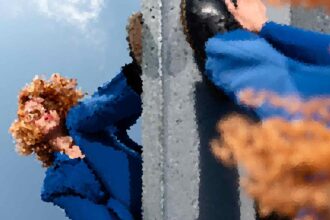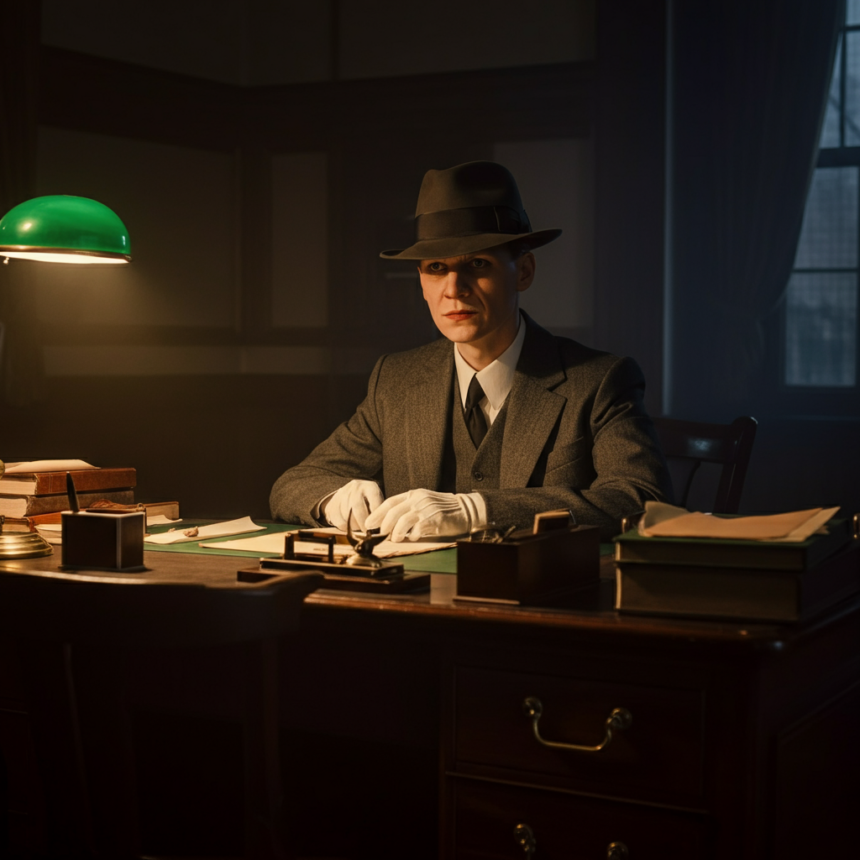What does mastermind ann burgess j edgar hoover outfit in office, a celebrated pioneer in criminal psychology, have in common with J. Edgar Hoover, the enigmatic first director of the FBI? And what role does that infamous “outfit in the office” anecdote play in their legacies? This blog dives deep into Burgess’s groundbreaking contributions, alongside a fascinating look at Hoover’s historical influence and some truly unexpected connections. Consider this your ultimate guide to understanding the intricate tapestry that binds the realms of criminology, fashion, and legend.
How Ann Burgess Revolutionized Criminal Psychopathy
Ann Burgess is often referred to as the “mother of criminal profiling”, a title well deserved. Her work in the late 20th century not only shed light on the minds of perpetrators but also provided law enforcement with critical tools to catch offenders. But what makes Burgess’s contributions so pivotal?
The Development of Behavioral Profiling
Burgess co-authored one of the most influential studies alongside FBI special agents in the Behavioral Science Unit (BSU). Together, they conducted interviews with dozens of convicted serial killers to understand their motivations, mindsets, and patterns. Her research became the backbone of what we now know as criminal behavioral profiling—a technique still heavily used in modern investigations.
Representing Reality in “Mindhunter”
If you’ve binged Mindhunter on Netflix, then you’ve unknowingly encountered a dramatized version of Burgess’s contributions. While the series showcases her indirect counterpart (Dr. Wendy Carr), the real Ann Burgess brought academic prowess and empathy to the FBI’s groundbreaking research, humanizing victims and reframing investigative techniques. Her visionary approaches laid the foundation that continues to empower law enforcement and criminal psychologists alike.
Enter J. Edgar Hoover—Shaping the FBI’s Legacy
On the other end of the timeline, we have J. Edgar Hoover, the iron-willed mastermind responsible for shaping the FBI into the institution we recognize today. Appointed as director in 1924, Hoover maintained his position for five decades, becoming arguably one of the most powerful men in U.S. government history.
For all his administrative capabilities, Hoover remains a complex and contradictory figure. His legacy extends beyond his innovations in federal investigation techniques—it’s also infamously intertwined with stories of secrecy, surveillance, and, yes, his iconic fashion sense.
The “Outfit in the Office” Mystery
Much has been written—too much, perhaps—about Hoover’s rumored non-work attire. Among the most persistent legends is the claim that Hoover donned elaborate outfits in private, contributing to a swirl of rumors about his personal life. While these claims have remained unsubstantiated, they offer a curious lens through which history views him.
Why does this persist when discussing someone as official and feared as Hoover? It underscores just how complex perceptions of power and vulnerability can be, particularly for towering historical figures.
A Shared Legacy of Influence & Intrigue
While the professional domains of Ann Burgess and J. Edgar Hoover barely overlap, their contributions collectively transformed how we understand both crime and authority. Burgess, with her academic rigor and victim-centered approach, redefined criminal psychology. Hoover, operating from a strictly hierarchical ideal, established the systems and infrastructure that gave rise to series like Mindhunter.
Together, intentionally or not, they influence conversations about how investigation, authority, and personality shape our justice system.
Why Mastering This Context Matters
The stories of Burgess and Hoover symbolize something deeper. They remind us of the thin line between order and understanding. The former is what Hoover achieved with bureaucracy; the latter is what Burgess contributed with empathy and data. Whether you’re a criminology enthusiast or a fan of the mysterious anecdotes that come with great figures, connecting these legacies provides a rich understanding of the multi-faceted realm they represent.
If you’re eager to uncover more about masterminds like Burgess and Hoover, follow our blog for further stories that don’t just tell history—but decode it.











